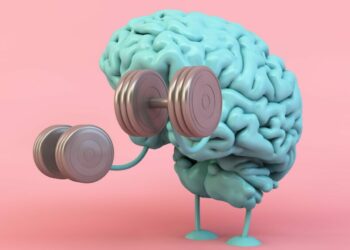This article is the third part of a series on a global transformation journey, led by Arie van Bennekum, co-author of the Agile Manifesto and Wemanity thought leader. In the first article, we learned about the first contact with the client and their needs to transform. In the second, Arie and his team embarked on the assessment phase. For this third part, we are going to dive into the foundations part of our transformation model, IATM, and how they were carried out.
After the assessment, you go into the foundations. What does it entail?
Arie: In an Agile transformation, the foundations encompass the basic preparation needed for a transformation.
I like to split them into 3 different angles:
- The Business Foundations show the value the transformation should bring, the teams taken into the first wave and the transformation roadmap.
- The Solution Foundations contain all the non-functional standards, the aspects to be covered by other disciplines outside of delivery teams. Think in terms of legal, HR, etc.
- The last one is the Collaboration Foundations. They define the transformation team and the working agreement the team has.
In the IATM, we base the foundations on the assessment. In 4 weeks, we went from zero to the start of the first wave.
The foundations phase took approximately two weeks: in this case, we selected the most valuable deliveries and assembled with the client 18 teams to be in the first wave.
To increase effectiveness and cover the whole product chain, we focused on:
- Building multi-disciplinary teams to foster delivery, as opposed to the linear ones they had at that moment.
- Gathering open-minded, positive people. As success tends to promote itself, one key advice is to start the transformation with people open to change.
- Identifying people from the client who have the ambition to become an Agile coach
The next step was to present clear objectives to the client and introduce the agile rituals and artefacts that will come up, such as the transformation backlog, epics and stories for the sprint planning, daily meetings, retrospective/heartbeats, etc.
In short, to go into the Agile transformation, you need:
- A clear business-oriented roadmap
- Choose what part of the management team is involved in the first wave
- The first trainings and the first wave kick-off ready. A kick-off is the start of the transformation, it starts with understanding what Agile working is. Training is essential and needs to be planned.
Is there anything you would do differently in this phase? Were there any step backs?
Arie: At the client site, some mistakes were indeed made, especially regarding agile rituals.
Aligned with the IATM, we work in heartbeats (a 30-min stakeholder session held several times a week, which functions as a short demonstration of what has been done and potential problem-solving).
The Scrum Masters of the teams are present to ensure fast feedback with the transformation team is there. What happened is that it turned out in sort of reporting meeting. Because the Scrum masters of the teams in transformation were not present, there was a lack of feedback and no alignment.
Secondly, in my own team, I think I would have prepared them better for the assessment part by being clearer with them on the guidelines. Doing this kind of work, an assessment, is team work. We have to be aligned and to collaborate, and shouldn’t start as a solo player, especially within an organization with cultural and language gaps such as in this case.
And finally, what are the expected values and deliverables of the foundations?
Arie: I always say to my client that what you get is a full, clear-cut Agile transformation roadmap, along with a transformation backlog with the values collected and the collaboration agreement.
The values of the assessment and foundations as a whole is that you define a roadmap and prepare the company as much as you can to get the work done.
In the IATM, after the assessment and foundations come the coaching academy. How was the coaching applied to the organisation? Stay tuned for the next article!












